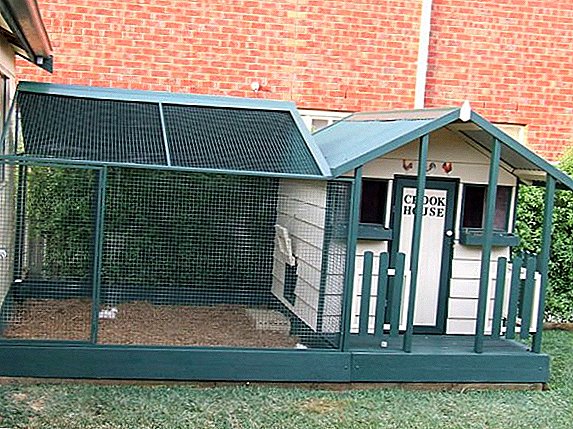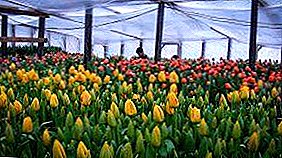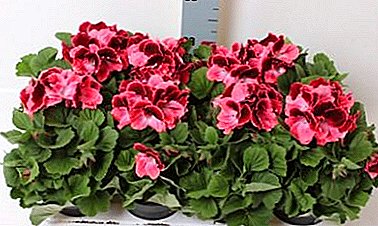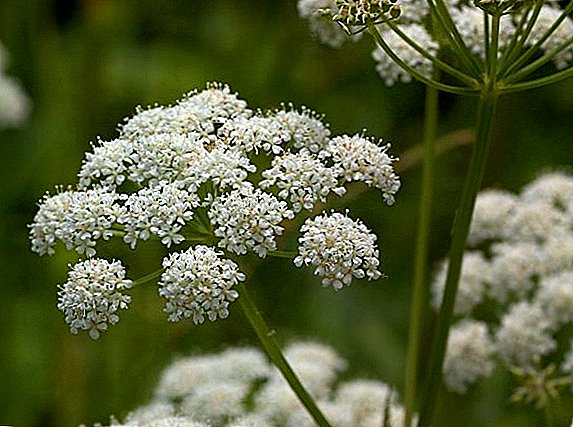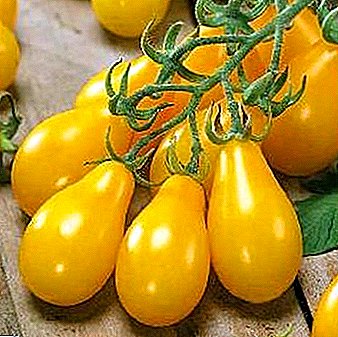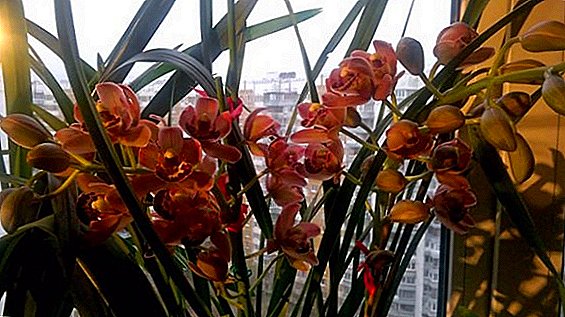 Cymbidium is a flower of the Orchid family. The first information about it appeared in China more than two thousand years ago. Even Confucius himself called this flower the king of fragrances. Cymbidium is easy to maintain, which makes it even more popular among gardeners, especially beginners.
Cymbidium is a flower of the Orchid family. The first information about it appeared in China more than two thousand years ago. Even Confucius himself called this flower the king of fragrances. Cymbidium is easy to maintain, which makes it even more popular among gardeners, especially beginners.
general description
Cymbidium is called the most beautiful genus of orchids, which is absolutely not surprising. Flowers are cream, red, yellow, pink, brown and even green. In addition, they can hold out on the flower stalk for more than two months, delighting not only the sight of the grower, but also the sense of smell: the flower of cymbidium has a strong pleasant aroma. Sizes vary from small to large, depending on the variety. The flower stalk is constantly growing and can reach one and a half meters in height.
 This is an orchid with narrow long leaves, at the end they are either rounded or pointed. With proper care and comfortable conditions, foliage on pseudobulbs can last 2-3 years, after which it gradually dies off, and young leaves form in their place.
This is an orchid with narrow long leaves, at the end they are either rounded or pointed. With proper care and comfortable conditions, foliage on pseudobulbs can last 2-3 years, after which it gradually dies off, and young leaves form in their place.
Did you know? Cymbidium leaves can grow in length up to 1 meter.
The best conditions for growing
For an orchid, cymbidium care at home is fairly simple compared to other orchids. Therefore, for those who wish to acquire a collection of orchids, it is recommended to start with this unpretentious flower. To understand how to care for this beauty, you should know that modern cymbidia are the result of hybridization of cymbidia growing in the mountains, where there is a lot of light during the day, and it is rather cold at night. And the task of the grower is to provide similar conditions for the flower at home.
Growth Lighting
Cymbidium loves the light, so you need to keep it on the windowsill. But at noon, when the sun is especially active, it is still necessary to cover the plant from direct rays with a curtain, especially if it is in the flowering stage. In winter, when natural lighting is not enough, it is desirable to provide orchid illumination with special lamps. The color of the foliage will tell the florist whether enough light receives cymbidium. Dark green leaves are a sign of a lack of lighting, but golden-green is a sign that the lighting is correct.
Content temperature
 The peculiarity of this type of orchids - love for cool air and temperature changes. In the warm season, a temperature of 16-20 ° C will be ideal. But at night it should be lowered. For example, take the plant to the balcony or put it at the open window.
The peculiarity of this type of orchids - love for cool air and temperature changes. In the warm season, a temperature of 16-20 ° C will be ideal. But at night it should be lowered. For example, take the plant to the balcony or put it at the open window.
Important! Dwarf cymbidia do not need temperature changes, they can develop well at a stable room temperature.
In winter, cymbidium needs coolness, about 10-15 degrees Celsius. In a city apartment it is not easy to find a place with such a temperature level, except to use a loggia. In a private house, the issue is easier to solve - for sure there is a cool terrace or room where the radiator is not included.
Growing soil
Cymbidium soil should be "sour." A mixture of leaf humus, wood bark of coniferous trees, sphagnum moss, charcoal, expanded clay, vermiculite, perlite and sand is prepared. If the ingredients are difficult to get, you can visit a specialty store and buy a ready-made substrate for growing orchids.
How to transplant after purchase
 Orchids are plants that do not like frequent transplants. Therefore, cymbidium transplantation should be carried out only in case of emergency, about once every three years. Having brought the cymbidium home, a transplant after the purchase may be needed if the roots have grown noticeably and the flower has clearly little space in the pot. One of the signs of the need to transplant an orchid is the bottom of the pot being tightly rolled with dry roots. Young roots will, on the contrary, be visible only from above.
Orchids are plants that do not like frequent transplants. Therefore, cymbidium transplantation should be carried out only in case of emergency, about once every three years. Having brought the cymbidium home, a transplant after the purchase may be needed if the roots have grown noticeably and the flower has clearly little space in the pot. One of the signs of the need to transplant an orchid is the bottom of the pot being tightly rolled with dry roots. Young roots will, on the contrary, be visible only from above.
The transplant procedure is as follows:
- Cymbidium is gently removed from the pot.
- Using a clean knife (in no case use the one that cuts food) should cut off all the old and dry bottom of the roots.
- Extremely carefully cleaned waste soil from the root system of cymbidium. It is necessary to be extremely careful not to damage healthy roots.
- For home cymbidium transplantation at home, its roots are flushed with running water and carefully examined for any rotting, and then dried in fresh air.
- Cymbidium orchid is placed in a new pot, carefully spreading the roots, and compacted with the soaked working mixture.
Important! Pseudobulba when planting must be left above the ground level so as not to provoke its rotting.
 Asking what kind of pot for cymbidium is needed, it is important to know that orchids do not like spacious tanks therefore, a new cymbidium pot should be only slightly larger than the root system. After a transplant, an orchid for a week and a half should be left alone in order for it to settle down and recover from the stress after a transplant.
Asking what kind of pot for cymbidium is needed, it is important to know that orchids do not like spacious tanks therefore, a new cymbidium pot should be only slightly larger than the root system. After a transplant, an orchid for a week and a half should be left alone in order for it to settle down and recover from the stress after a transplant.Features care orchid at home
Like any other plant, Cymbidium needs care. Although the flower is unpretentious, there are still some recommendations for its care and important nuances that should not be forgotten.
How to water and spray the plant
The soil under cymbidium needs to be kept moist constantly. Rainwater or separated water at room temperature is used. Before watering Cymbidium, it is necessary to monitor that the water in the pot does not stand, regularly draining the excess from the pan. An excess of water will cause the root system to rot, and dark spots at the base of the leaves will signal this. In winter, you can water the plant less, but drying still can not be allowed.
Humidity does not have to be high. Simply place the cymbidium pot on a tray with water or wet pebbles. Spraying is also not particularly necessary, and in the cold season it can even hurt.
Fertilizer
 Fertilize cymbidium need to start in the spring and continue until the flower blooms. Then feeding stops and resumes in the spring. You can apply liquid mineral fertilizers. Special tools can be purchased in stores. Care must be taken to ensure that there is no high nitrogen concentration in the top dressing in winter.
Fertilize cymbidium need to start in the spring and continue until the flower blooms. Then feeding stops and resumes in the spring. You can apply liquid mineral fertilizers. Special tools can be purchased in stores. Care must be taken to ensure that there is no high nitrogen concentration in the top dressing in winter.
How to multiply at home
Cymbidium lovers are interested in the reproduction of this orchid, namely, how to grow a young flower from the bulb. In fact, it is not so difficult. The procedure is the same as for the transplant. Only the rhizome must be carefully divided with a knife into several parts. Each of them must have at least three pseudobulbs and one growth point. This should be done in the spring, or after the orchid has finished the flowering period. The mixture for planting is prepared in advance, each part of the plant is deposited in a separate pot and measured watered for a month or two. If you notice that the plant has taken root and develops normally, you can switch to a standard growing scheme.
Did you know? In old Japan and China, cymbidium was planted in castles and gardens for their exceptional flavor.Growing cymbidium from seeds at home is also possible, but this process is much more time consuming and time consuming. You need to be prepared for the fact that earlier than in 3-4 years the blooming of the orchid will not be possible.
 What is the difficulty? The fact is that orchid seeds are so small that they can be confused with ordinary dust. They cannot feed on nutrients from the soil, since they do not have endosperm. In this regard, any external influence on the germinating seeds can become destructive. It is necessary to create "over-warm" conditions that will enable the development of such a defenseless organism. All materials for work must be sterilized. Previously, only a professional chemist could take on such a process, but today you can buy many ready-made preparations and materials in a specialty store and try to experiment.
What is the difficulty? The fact is that orchid seeds are so small that they can be confused with ordinary dust. They cannot feed on nutrients from the soil, since they do not have endosperm. In this regard, any external influence on the germinating seeds can become destructive. It is necessary to create "over-warm" conditions that will enable the development of such a defenseless organism. All materials for work must be sterilized. Previously, only a professional chemist could take on such a process, but today you can buy many ready-made preparations and materials in a specialty store and try to experiment.
Major Diseases and Pests
The main problems that may concern cymbidium owners are:
- Why does cymbidium not bloom at home? Initially, you need to understand how often cymbidium blooms. It happens once a year, the flowering period depends on the plant variety. In any case, the flowering can not be achieved if the temperature of the room is above 22-23 degrees. Cymbidia, which bloom in spring or summer, usually do not face such a problem, but in winter there may be difficulties. It makes sense to try to organize a kind of "shake-up" for the plant - reduce the volume of watering and provide noticeable drops in night and day temperatures of 3-5 degrees. Night temperature is 10-13 degrees.
- Cymbidium dries. There are two reasons: either the soil is over-humid or the air humidity is low. In the latter version, you need to spray a flower from a spray bottle three times a day, and under the pot make a stand with wet water under the grate or pebbles.

- Yellowed cymbidium can be a sign of root decay. After removing the top layer of soil, you can inspect the roots and, finding rot there, you need to immediately transplant an orchid, after clearing the rhizome.
- Pests. Dangerous for cymbidium are scale insects, aphids and spider flares. If cymbidium does not bloom, there are shriveled, yellowed, and even fallen leaves, an urgent need to inspect the plant for the presence of pests and clean them when they are detected. To do this, a specialty store buys a disinfectant, and with a cotton swab pests are removed from the surface of an orchid.
- Unfortunately, cymbidium can be subject to various viral diseases. They are manifested in mosaic spots on the foliage. There is no effective way to deal with this problem, so the diseased flowerpot needs to be destroyed.






